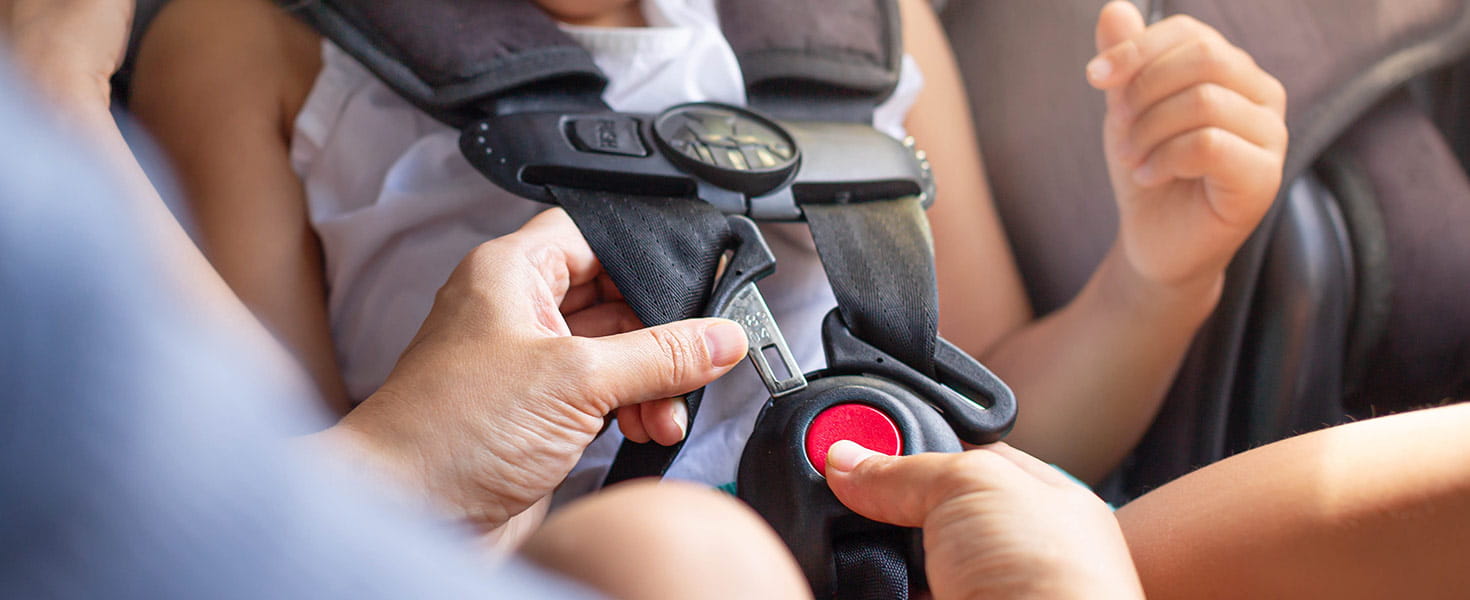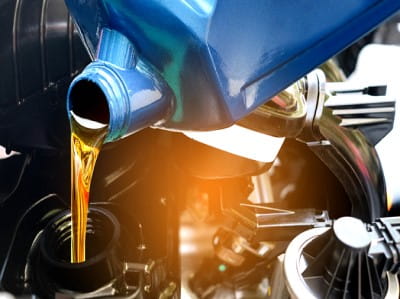
CHILD PASSENGER SAFETY
In today's highly mobile society, children travel more than ever. Sadly, this mobility comes at a staggering price. The U.S. Department of Transportation and AAA Foundation for Traffic Safety found that over a five year span, 3.9 million children ages ten and under were involved in motor vehicle crashes. More than 527,000 children were injured and 2,789 were killed. Motor vehicle crashes are the leading cause of death for children ages 1 to 13 in the U.S. Tragically, many of these deaths can been prevented with proper child restraint use. Research shows that properly used seat belts and safety seats are the most effective tools in preventing injuries and deaths in vehicle crashes.
Remember: Be diligent in ensuring each child is properly restrained in the car before it is in motion, especially if the child is not old enough to secure themselves. (Source: Chicco USA)
Traffic Safety Programs & Materials
safety seat guide
Child Passenger Safety Stage 1: Rear Facing
click to expandWho:
Children should ride rear-facing until they outgrow the height or weight restrictions (whichever one comes first) for rear-facing in their specific child restraint.
What:
Rear-facing child safety seat
Why:
The rear-facing position supports the child's entire head, neck and spine and helps reduce stress to the neck and spinal cord in a crash.
Be Sure:
Harness straps are kept at or below the child’s shoulders when riding rear-facing. Check the car seat instructions to determine the correct harness slot that should be used as your child grows.
Installation:
Did you know that 3 out of 4 car seats are installed incorrectly? Be sure to read your vehicle owner's manual and car seat instruction manual before installing your safety seat. Here are some tips to remember as you install your seat:
- Rear-facing seats should be installed in the back seat of your vehicle. Never place a rear-facing seat in front of an active passenger frontal air bag.
- The center seating position is ideal if it can be used since it is the farthest away from any point of impact. (Check your vehicle owner’s manual to confirm).
- The seat should be installed using either the LATCH system or vehicle safety belt, never both.
- If using the seat belt to install your safety seat, make sure the belt is locked and can hold the safety seat in tight.
- If using the LATCH system to install your rear-facing seat, be sure to buckle all unused seat belts.
- When testing the installation of the seat, it should not move more than one inch side to side when testing it at the belt path.
- Rear-facing safety seats should be installed in the correct recline mode to protect your baby's breathing. Refer to the manufacturer's guidance.
- The harness straps should be snug and lie flat on your infant's shoulders, you should not be able to pinch any slack.
- The chest clip should be positioned at armpit level. This protects soft tissue and helps keep the harness straps on your baby.
- Be sure not to use any aftermarket accessories such as mirrors and metal roller shades, these items could come undone in a crash and become a projectile causing injury to vehicle occupants.
Child Passenger Safety Stage 2: Forward Facing
click to expandWho:
Children who have reached the weight or height limits of their rear-facing seat can begin to ride forward-facing. Children should remain in a forward-facing seat with a harness until they have reached the weight or height limits of the seat.
What:
Forward-facing child safety seat
Why:
These seats include an internal harness system that keeps your child properly restrained limiting forward motion. The forward-facing position provides for the even distribution of physical forces over the child's body in the event of a crash.
Be Sure:
Harness straps are kept at or above the child’s shoulders when riding foward-facing. Check the car seat instructions to determine the correct harness slot that should be used as your child grows.
Installation:
Did you know that 3 out of 4 car seats are installed incorrectly? Be sure to read your vehicle owner's manual and car seat instruction manual before installing your safety seat. Here are some tips to remember as you install your seat:
- Forward-facing seats should be installed in the back seat of your vehicle whenever possible.
- The center seating position is ideal if it can be used since it is the farthest away from any point of impact. (Check your vehicle owner’s manual to confirm).
- The seat should be installed using either the LATCH system or vehicle safety belt, never both. (Refer to instruction booklet to determine when child is too heavy to install seat with LATCH).
- If using the seat belt to install your safety seat, make sure the belt is locked and can hold the safety seat in tight.
- When testing the installation of the seat, it should not move more than one inch side to side when testing it at the belt path.
- Never install anything under or behind your forward-facing safety seat.
- The harness straps should be snug and lie flat on your child's shoulders, you should not be able to pinch any slack.
- The chest clip should be positioned at armpit level.
- Be sure not to use any aftermarket accessories such as mirrors and metal roller shades, these items could come undone in a crash and become a projectile causing injury to vehicle occupants.
Child Passenger Safety Stage 3: Booster Seat
click to expandDon't skip the booster phase. Seat belt fit is more about a child's height than age, although many state laws focus on age, there are other factors to take into consideration.
(Source: Chicco USA)
Who:
Children can transition to a booster seat when they have outgrown the weight or height limit (whichever comes first) of their forward-facing child restraint.
What:
Belt-positioning booster seat. Use until child is tall enough for seat belt to fit properly. See: Stage 4.
Why:
Poorly fitting seat belts can injure children. Booster seats help ensure proper seat belt placement, resulting in a safer ride for your child.
Be Sure:
ALWAYS use both lap and shoulder belt with a booster seat, never a lap belt only. Make sure the lap belt fits low and tight across the hip bone area - NOT the abdomen. Shoulder belt should cross the chest and lay on the collarbone.
Installation:
Did you know that 3 out of 4 car seats are installed incorrectly? Be sure to read your vehicle owner's manual and car seat instruction manual before installing your safety seat. Here are some tips to remember as you install your seat:
- Booster seats should always be installed in the back seat of your vehicle.
- Always use a lap/shoulder belt with your booster seat.
- Place the booster seat on your vehicle seat.
- Secure any loose items such as purses, briefcases, toys and umbrellas. These items could become projectiles in a crash and injure occupants in the vehicle.
Child Passenger Safety Stage 4: Lap/Shoulder Seat Belt
click to expandWhen:
Child is tall enough to sit in vehicle with back against the seat and knees at a 90 degree angle while seated.
Why:
Motor-vehicle crashes are the No. 1 killer of children - including teenagers. Children under 13 years of age should be properly restrained in the back seat.
Be Sure:
ALWAYS require seat belt use for all passengers. Make sure the lap belt fits low and snug across the hip bones, NOT the abdomen. Shoulder belt should cross the chest and lay on collarbone.
The Back is Where It's At!
The back seat is safer for everyone - especially children under age 13. Properly restraining a child in the back seat can significantly reduce the risk of death or injury in a crash.







